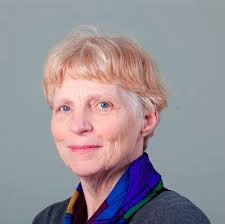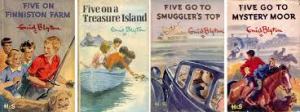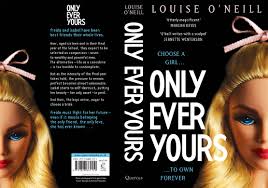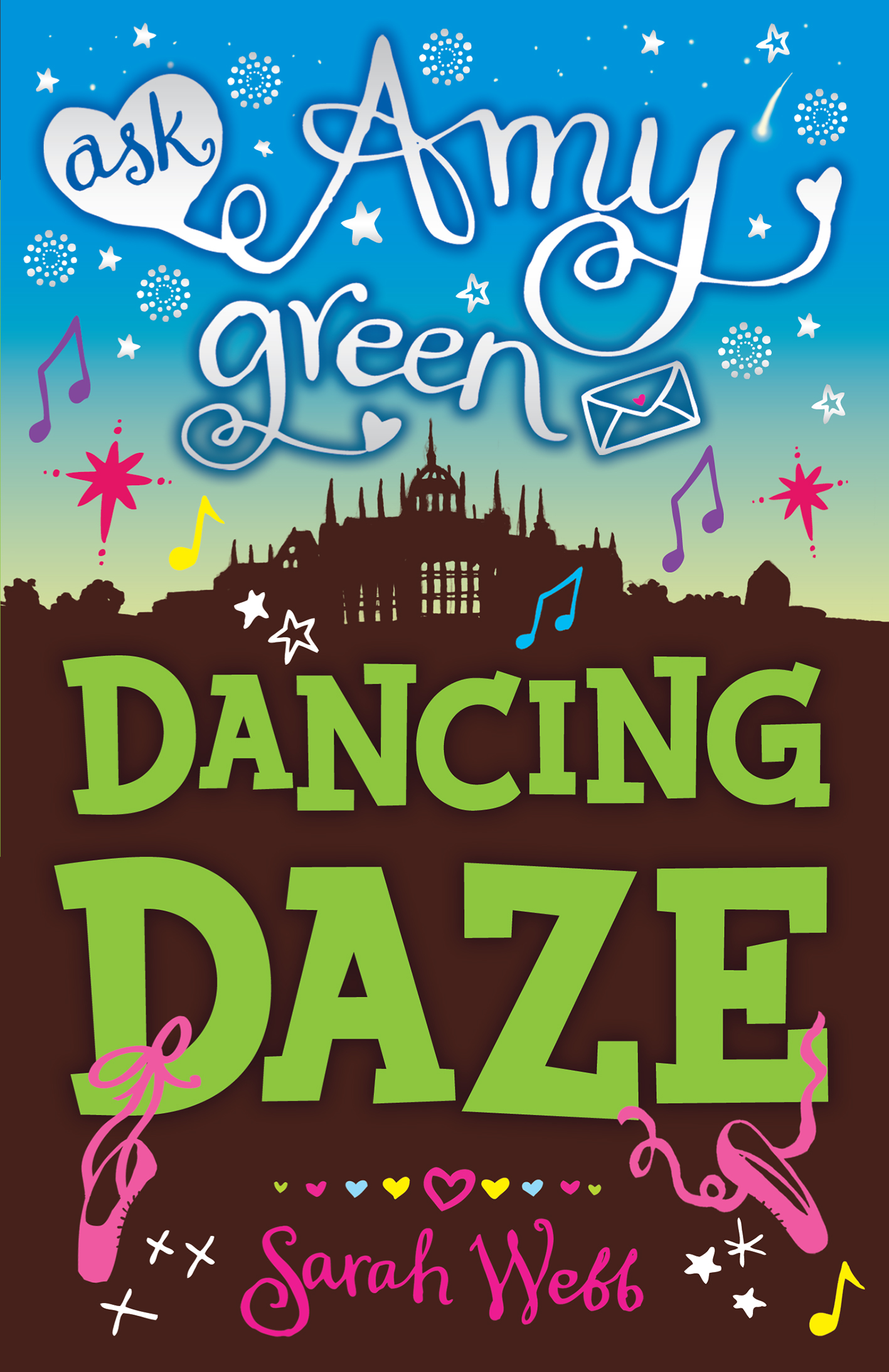I love writing dialogue and it’s only taken me fifteen years to nail it. My first novel was called Three Times a Lady and it was published in 2000. The dialogue is riddled with unnecessary dialogue tags and adverbs.
She said lovingly, he said angrily, he demanded furiously, she retorted with a snort – it’s all in there! My first novels were definitely my ‘learner novels’ but I'm still I’m very proud of them.
These days my dialogue is much tighter and I’ve dropped the adverbs. I’m not alone. In an interview, Gabriel García Márquez once said: ‘Before ‘Chronicle of a Death Foretold there are many (adverbs). In ‘Chronicle’ there is one. After that, in ‘Love’ there are none.’
Why does dialogue matter? Here’s a short extract from Self-editing for Fiction Writers by Renni Browne and Dave King (an excellent book):
What’s the first thing editors look for when they begin reading a fiction submission? Several editors we know have answered that question the same way: ‘The first thing I do is find a scene with some dialogue. If the dialogue doesn’t work, the manuscript gets bounced. If it’s good, I start reading.’
Top 10 Tips for Writing Dialogue
1/ Dialogue must have a purpose. It must reveal character, move the plot along and build tension. And above all it must be interesting.
2/ Dialogue tags
She said/he said is almost invisible when read on the page. The eye skims over it. It does not skim over she replied, he retorted, she answered. Use other verbs sparingly in dialogue.
3/ Adverbs
Nor does the eye skim over:
She said sadly, while gazing at him adoringly.
He snarled angrily (back to this one in a second).
Use adverbs sparingly. Show how your character is saying something (or feeling) using your dialogue.
You may notice in older books that more adverbs are used - see the Alice in Wonderland extract below for eg.
4/ Back to the snarling. You cannot snarl a sentence. You cannot laugh or giggle a sentence.
NO - ‘You are the worst person I’ve ever met in the whole world,’ he snarled.
YES – ‘You’re a nasty piece of work,’ he said.
5/ Be consistent.
Don’t use:
Sarah said
Ms Webb said
And my amazing teacher said all on the same page.
6/ More than 3 or 4 people in a conversation can be difficult, one on one is much easier to follow for the reader (and easier to write).
7/ Ellipses (. . . ) mean the sentence is tailing off
When someone stops abruptly or is interrupted you use a dash –
8/ Name before noun (generally)
Sarah said, not said Sarah
In older books, you will notice more said Sarahs - but in modern books, it's mostly Sarah saids - if in doubt read the dialogue out loud to yourself and see which works best.
9/ Good dialogue is not realistic. It is a smarter, more dramatic version of real speech.
10/ Every one of your characters should speak differently.
Give them favourite words or phrases.
Are they articulate or shy?
Good dialogue shows the reader what your characters are like. Take this piece from Alice in Wonderland for example:
‘Do you mean that you think you can find out the answer to it?’ said the March Hare.
‘Exactly so,’ said Alice.
‘Then you should say what you mean,’ the March Hare went on.
‘I do,’ Alice hastily replied. ‘At least – at least I mean what I say – that’s the same thing, you know.’
‘Not the same thing a bit!’ said the Hatter. ‘You might as well say that “I see what I eat” is the same thing as “I eat what I see”!’
Here the reader learns that the March Hare and the Mad Hatter are pernickety when it comes to language and riddles, and Alice is thoughtful and polite.
Your characters come alive when they speak – work on your dialogue and your book will sing.
Yours in writing,
Sarah XXX
I’ve posted a dialogue exercise below for you to try.
Dialogue Exercise – correct the following:
(Adapted from one of my early books, Always the Bridesmaid)
The paranoia all started to kick in when my seventeen-year-old sister Suzi came home from Australia last December with Matt in tow, a boy she’d picked up while travelling in Australia. I thought things couldn't get any worse. I was wrong.
"Suzi, have you told Mum and Dad about Matt?" I demanded anxiously as we were loading my Golf with the bags in the airport car park. Matt had kindly offered to get rid of the baggage trolley.
"About what?" she asked quickly.
"About Matt," I replied. "Do they know he's come to live in Dublin?" She certainly hadn't told me and I'd got rather a shock when I'd seen the whole six-foot-something of him coming through the arrivals gate with his arm draped over my sister's shoulders.
"Not exactly," she giggled nervously. "But they'll love him and there's loads of room in the house and . . . "
"The house," I interrupted, trying to keep my voice level. "You and Matt are planning to live at home?"
"Well, we want to save for a house and I'm sure Mum and Dad won't mind,” Suzi responded.
"Right, a house," I muttered darkly.
"Do you think it'll be a problem?" Suzi asked anxiously, biting her lip. She was clearly nervous.
"No," I lied. "They're so excited about having you home, I'm sure they won't mind."
Suzi nudged me. Matt was smiling at her across the car's roof.
"Let's go!" Suzi exclaimed excitedly. “I can’t wait to introduce you to my parents, Matt. They’re going to love you,” she added lovingly.
I rolled my eyes. My darling sister was so naïve.
Dialogue Answer (Suggested answer only – you may have a different version)
Here I have cut out many of the adverbs and unnecessary dialogue tags, and added some tension towards the end.
The paranoia all started to kick in when my seventeen-year-old sister Suzi came home from Australia last December with Matt in tow, a boy she’d picked up while travelling in Australia. I thought things couldn't get any worse. I was wrong.
"Suzi, have you told Mum and Dad about Matt?" I asked my little sister as we were loading my Golf with the bags in the airport car park. Suzis’s new boyfriend, Matt had kindly offered to get rid of the baggage trolley.
"About what?"
"About Matt. Do they know he's come to live in Dublin?" She certainly hadn't told me and I'd got rather a shock when I'd seen the whole six-foot-something of him coming through the arrivals gate with his arm draped over my sister's shoulders.
"Not exactly.” She giggled nervously. "But they'll love him and there's loads of room in the house and-“
"The house?” I tried to keep my voice level. "You and Matt are planning to live at home?"
"Well, we want to save for a house and I'm sure Mum and Dad won't mind.”
"A house, right,” I muttered under my breath.
"Do you think it'll be a problem?" Suzi started biting at her lower lip.
I stared at her. Was she deranged? "You’re seventeen, Suzi. What do you think?”
Suzi wasn’t listening to me. Matt was smiling at her across the car's roof. She’d always been a sucker for a handsome face. She smiled back at him. The pair of them made my stomach turn. Bloody men! Oh, he’s smiling now all right, dear sister, but he hasn’t met Mum yet. Just you wait.
"Let's go!" Suzi said, “I can’t wait to introduce you to my parents, Matt. They’re going to love you.” She was still gazing at him adoringly.
I rolled my eyes. My darling sister was so naïve.












![IMG_4461[1]](https://images.squarespace-cdn.com/content/v1/58973315e4fcb5808a5b7d9e/1486377412374-N4FMM3IJPGA4FLHE08KP/img_44611-e1413837064268.jpg)
![IMG_4462[1]](https://images.squarespace-cdn.com/content/v1/58973315e4fcb5808a5b7d9e/1486377412203-07N7T8NBY0IYO743L4IH/img_44621-e1413837089589.jpg)


































